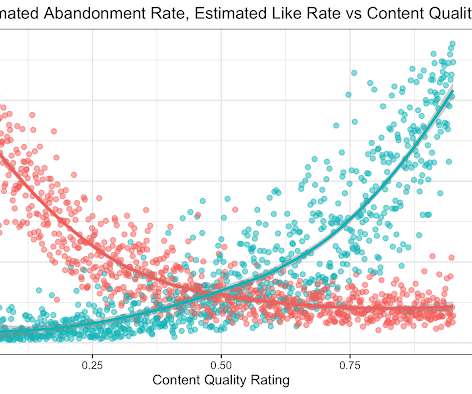Bringing an AI Product to Market
O'Reilly on Data
JULY 28, 2020
The first step in building an AI solution is identifying the problem you want to solve, which includes defining the metrics that will demonstrate whether you’ve succeeded. It sounds simplistic to state that AI product managers should develop and ship products that improve metrics the business cares about. Agreeing on metrics.





























Let's personalize your content